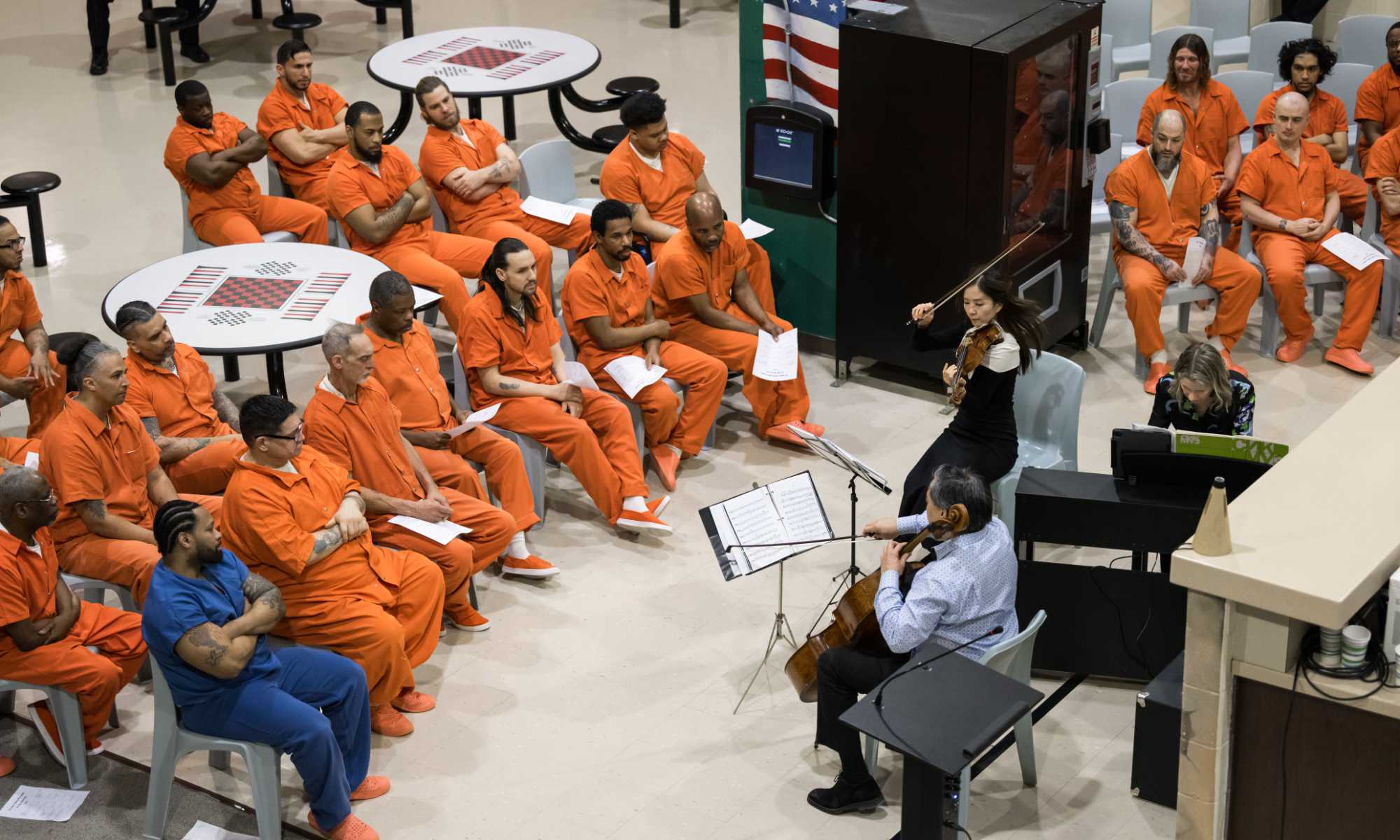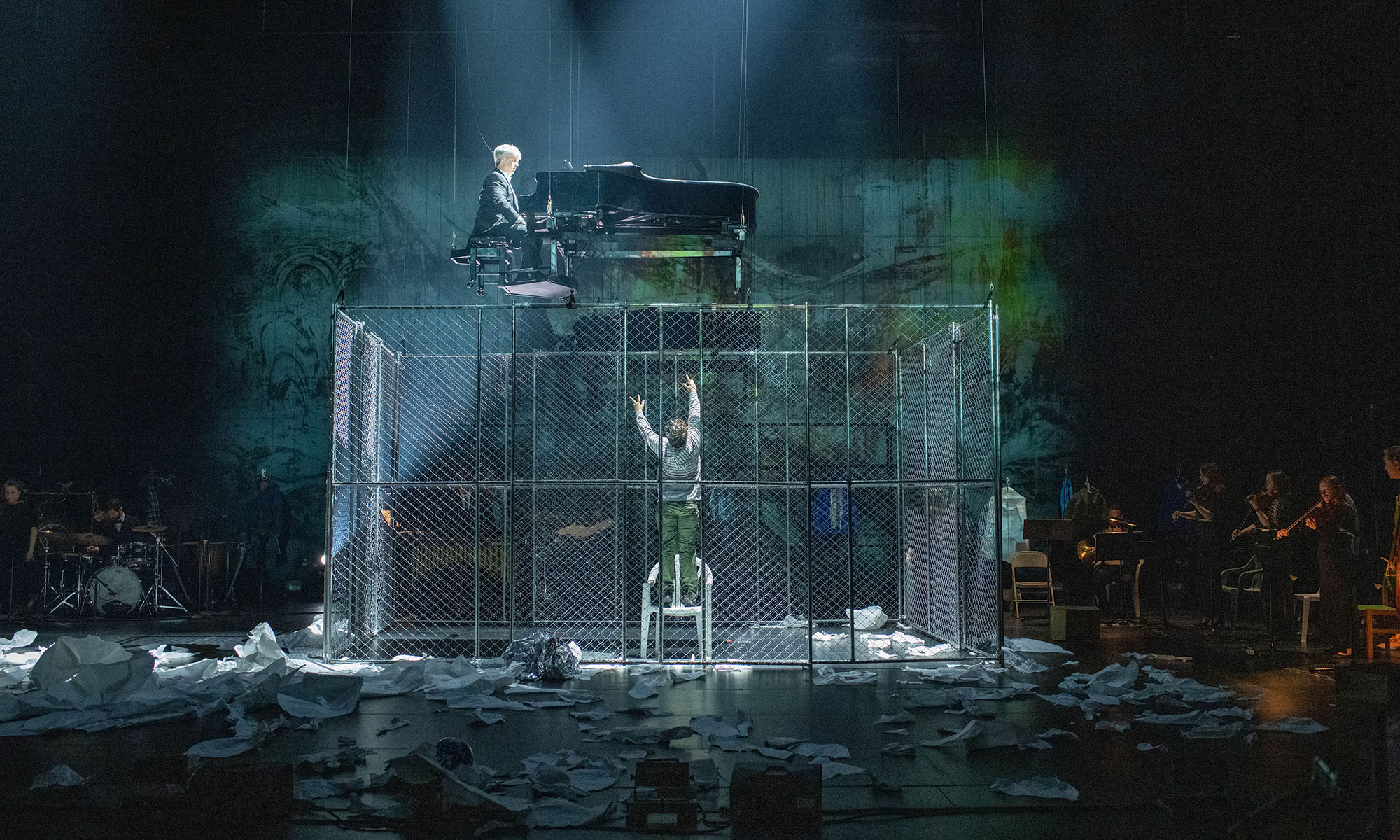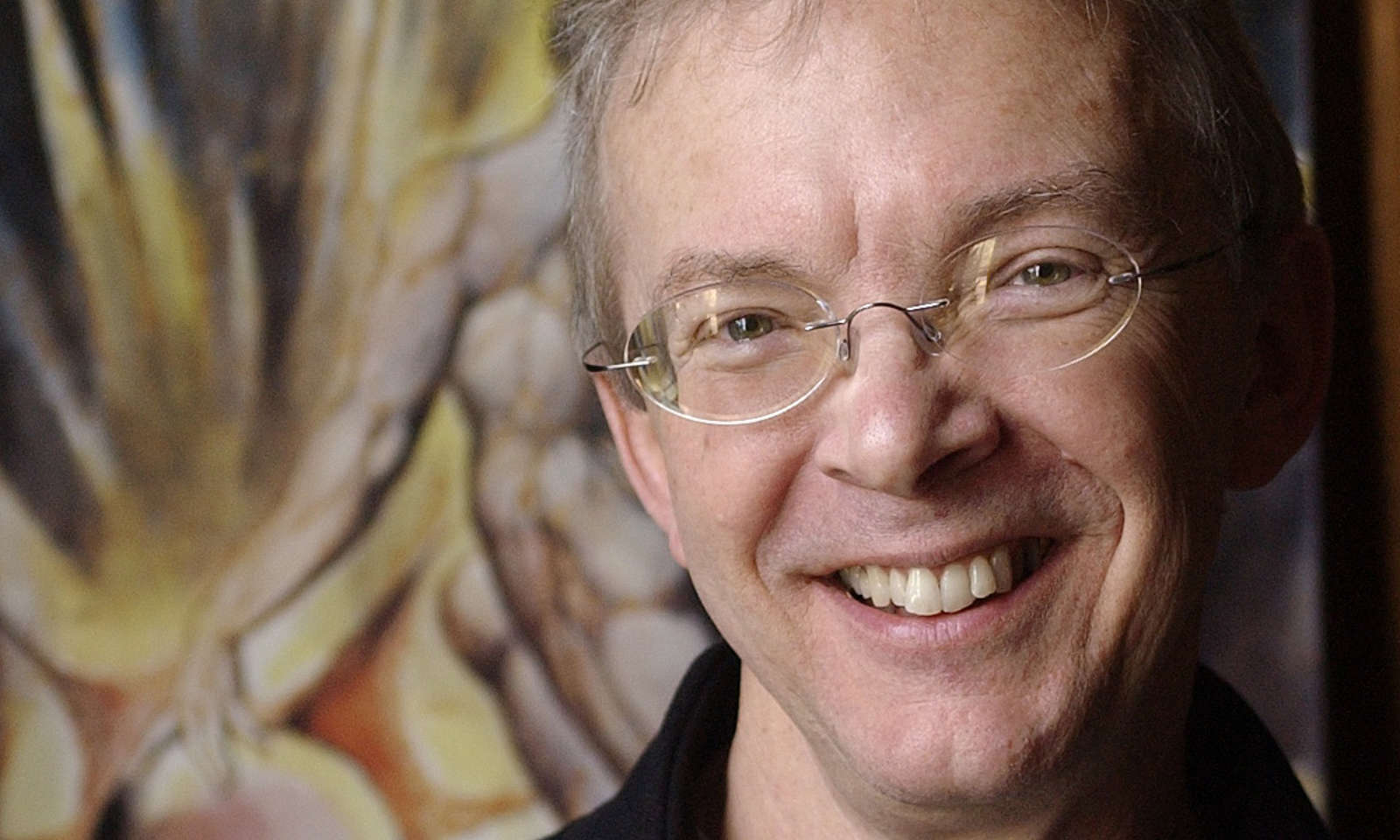The Department of English honored three local artists with its 2016 Lillian Fairchild Award at a ceremony on February 13 at the Memorial Art Gallery.
Composers Carlos Sanchez-Gutierrez and Ricardo Zohn-Muldoon—both professors of composition at the Eastman School of Music—and choreographer Darren Stevenson, the director of PUSH Physical Theater, were recognized for their contributions to Don’t Blame Anyone, an original opera about the travails of the creative process. It was performed at the Eastman Theatre last October and at the Teatro Diana in Guadalajara, Mexico, in November.
The award is presented annually to a Rochester-area visual artist, writer, choreographer, or composer for his or her commitment to the community. Zohn-Muldoon is a two-time winner, having also received the award in 2011 for his CD Cantos.
Rosemary Kegl, the chair of the English department, calls the production an “extraordinarily original and moving combination of music, dance, puppetry, and theater.” She headed the award committee, whose members also included Jonathan Binstock, the Mary W. and Donald R. Clark Director of the Memorial Art Gallery; Roger Freitas, an associate professor of musicology at Eastman; and Joan Saab, the chair of the Department of Art and Art History.
Both composers grew up in Mexico, and drawings by famed Mexican illustrator José Ignacio Solórzano inspired the life-size surrealistic puppets—created by the Mexico City puppetry group La Coperacha—that appeared onstage with the physical illusionists from PUSH. The Eastman BroadBand Ensemble performed the music, and soprano Tony Arnold took on the starring role of “the author.”
The opera “plays with fantasy at its very core,” Zohn-Muldoon told interviewer Dan Gross in an October story on the Eastman School’s blog. “It’s like that drawing of Escher’s where the hand is drawing itself. It’s like that, you’re seeing an opera being made for you, and experience what the author is experiencing, but it’s composed. It’s all an illusion, but we were really trying to do justice to the music.”



